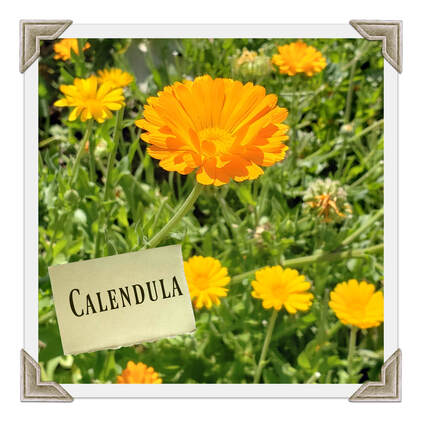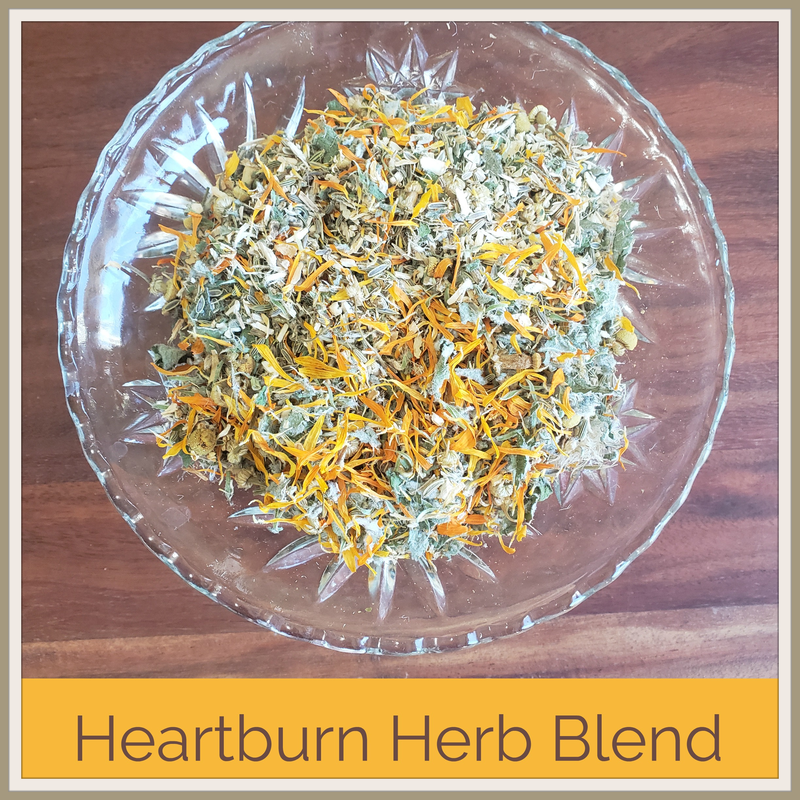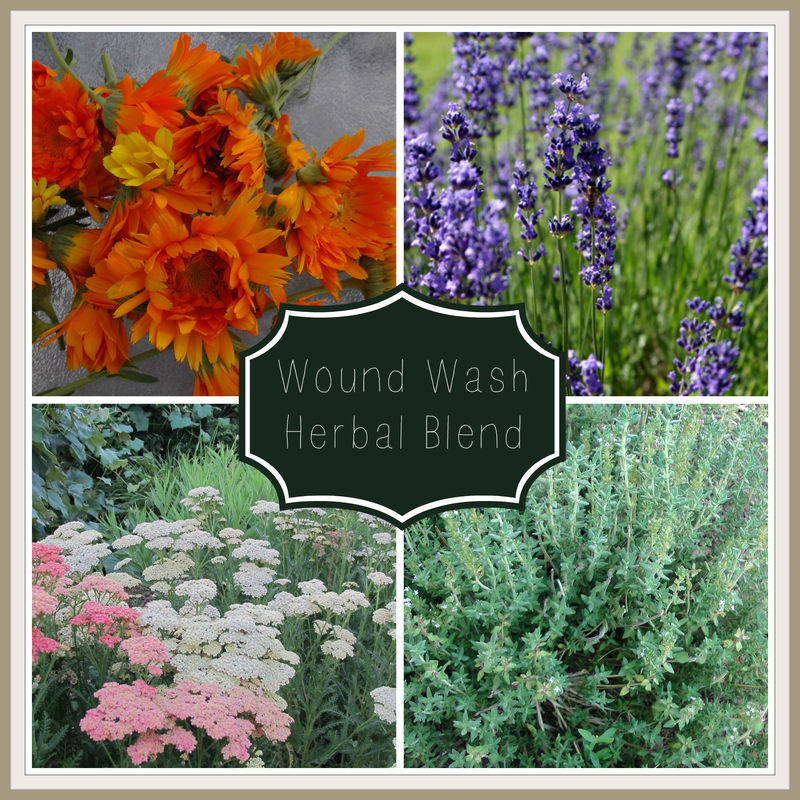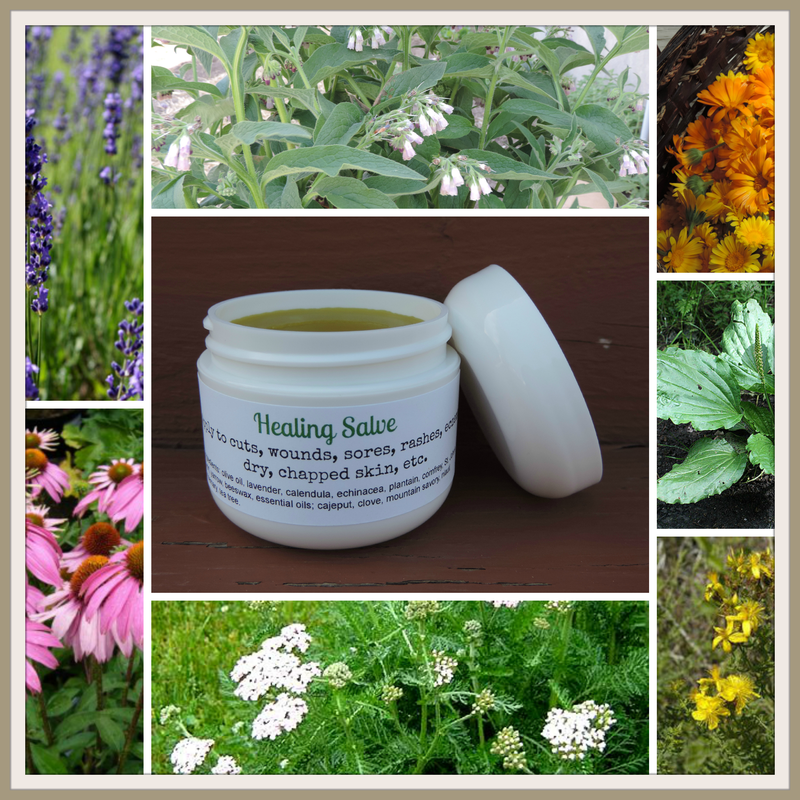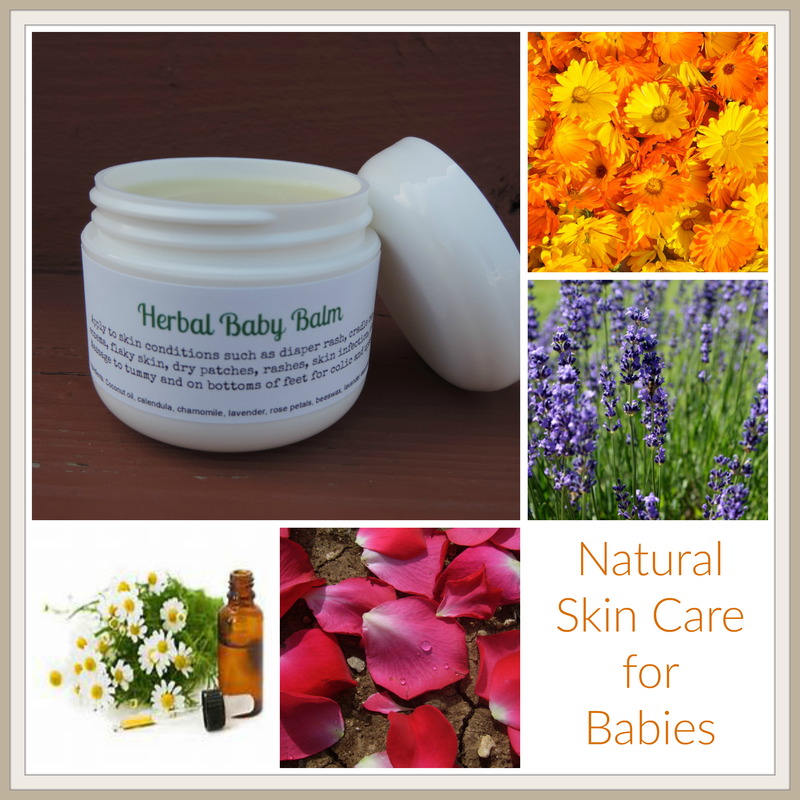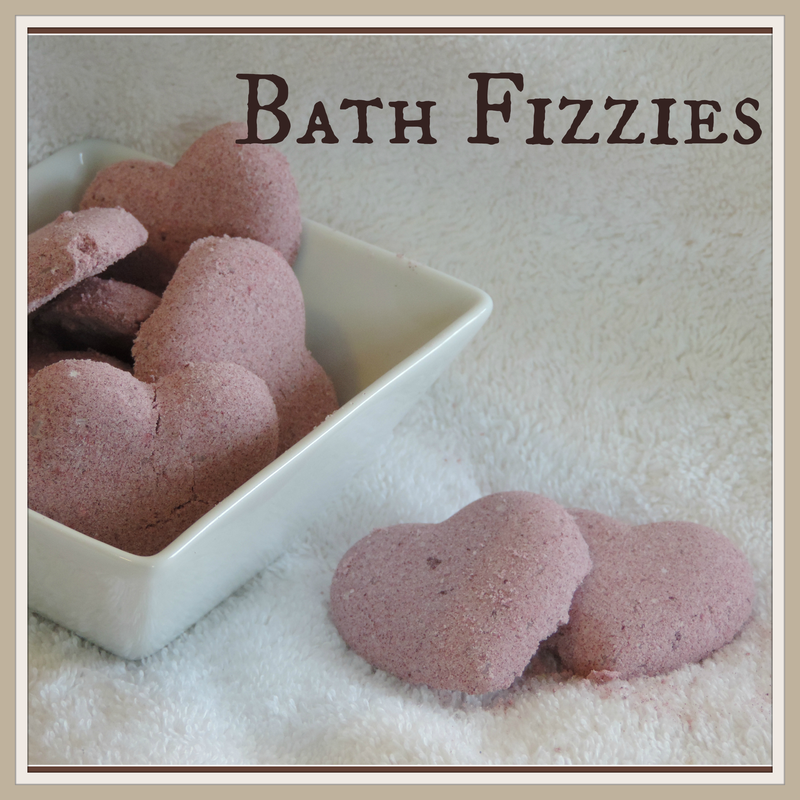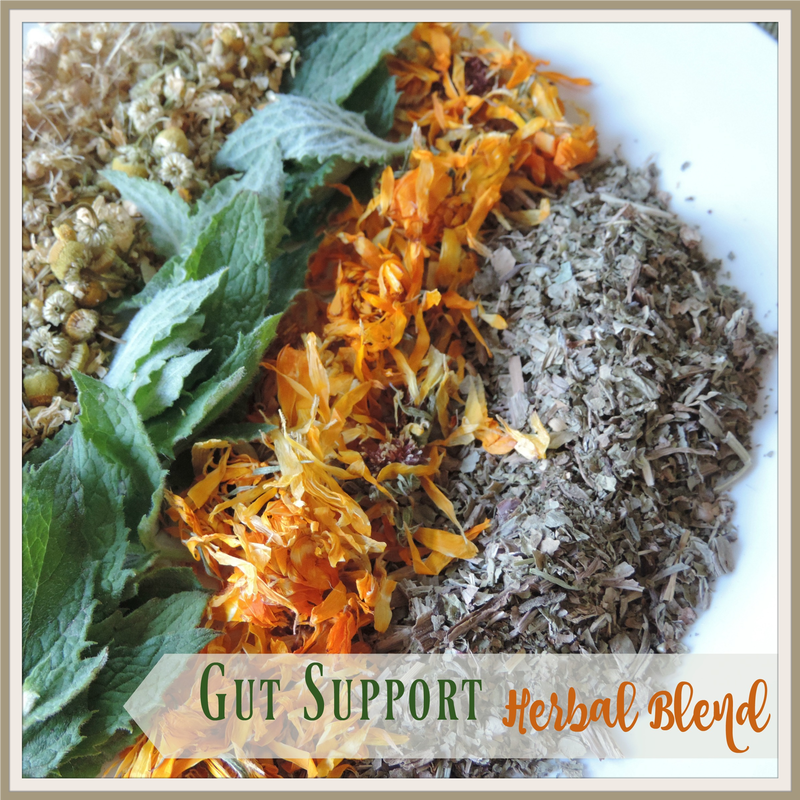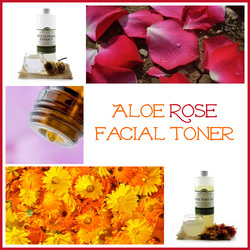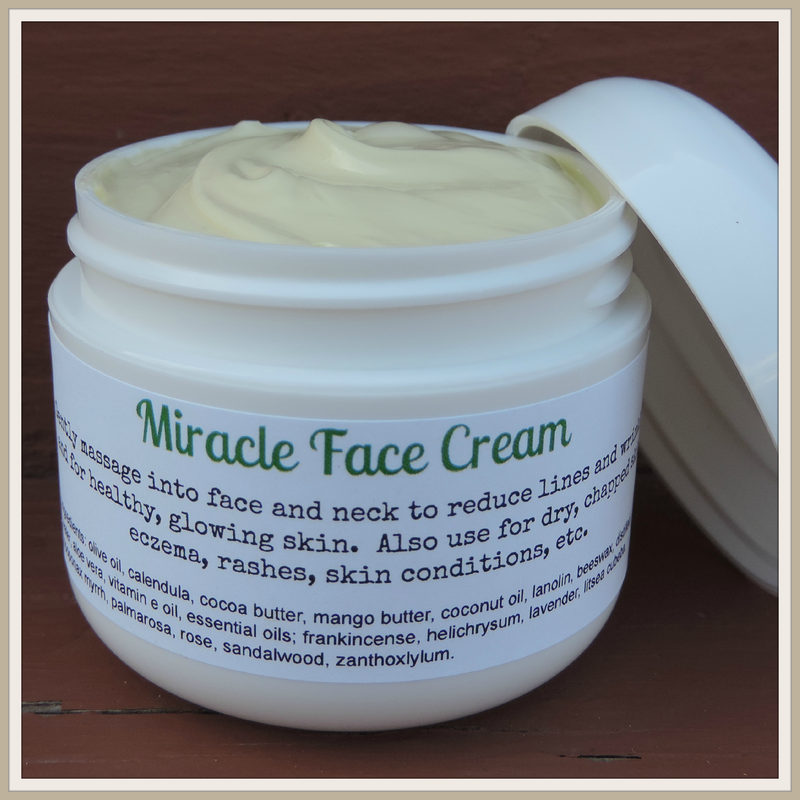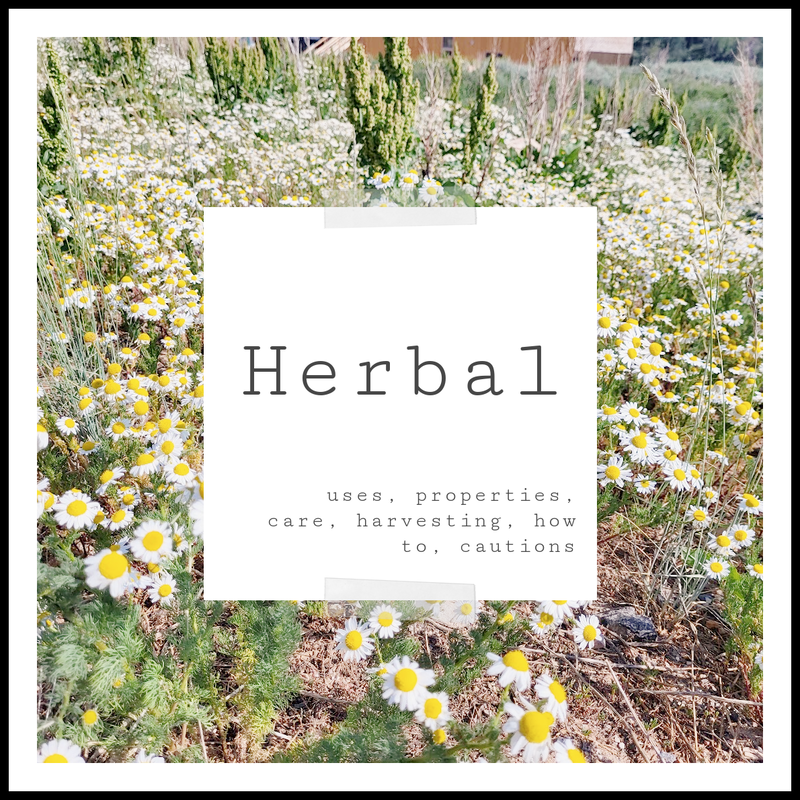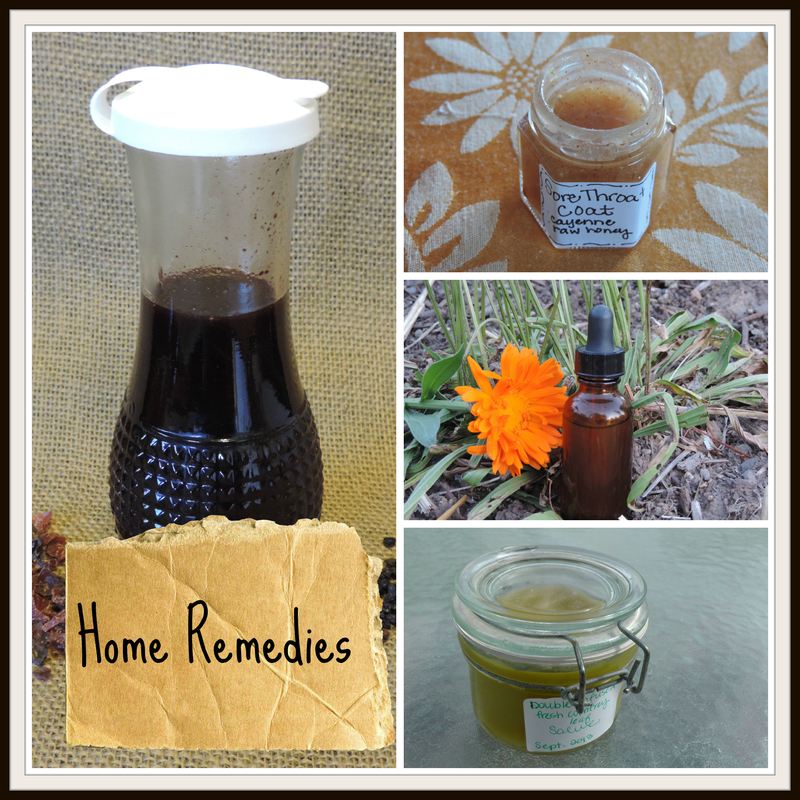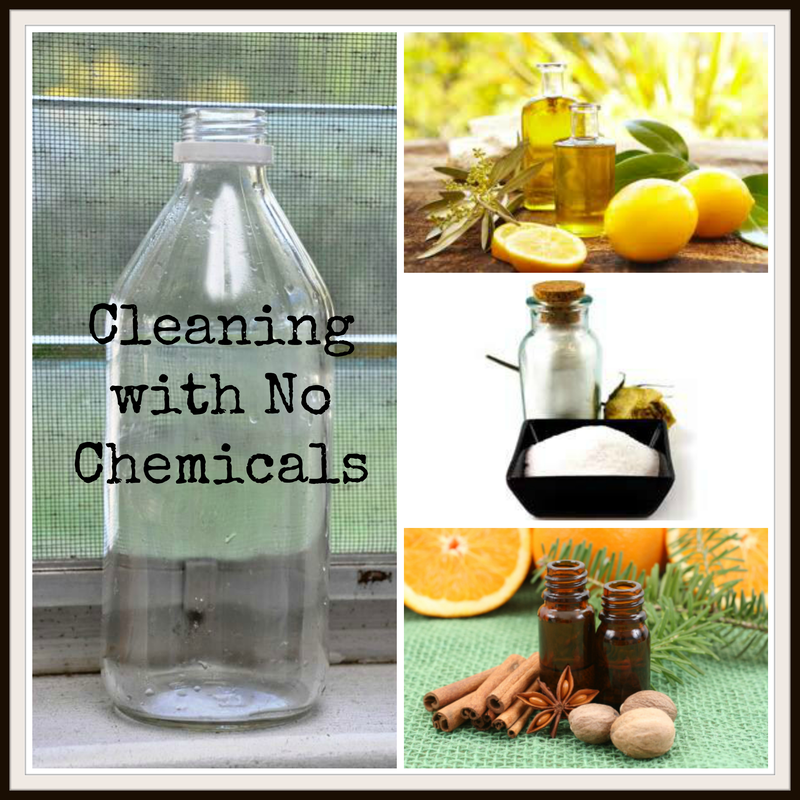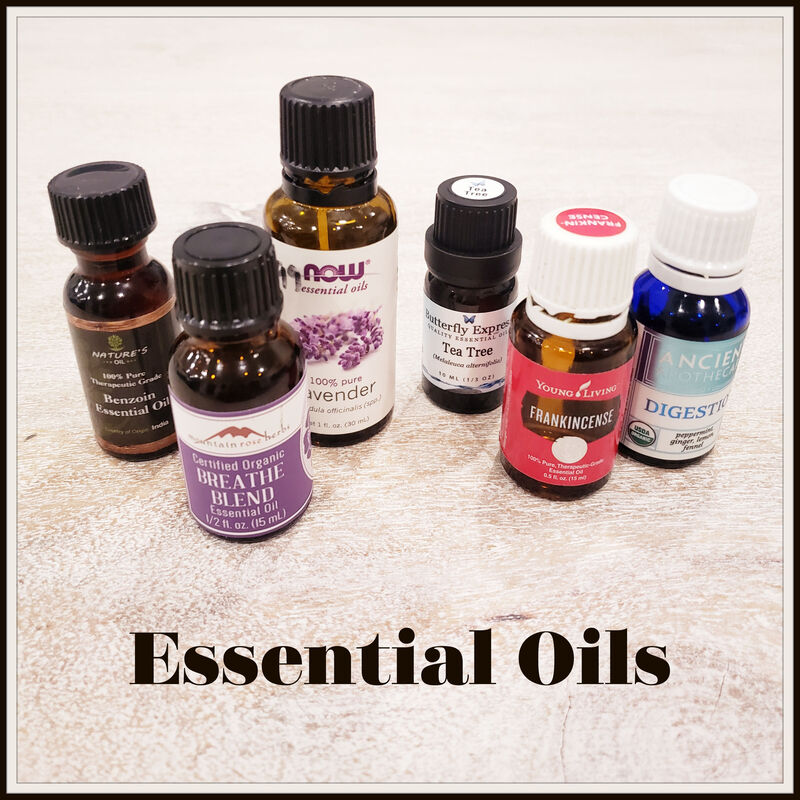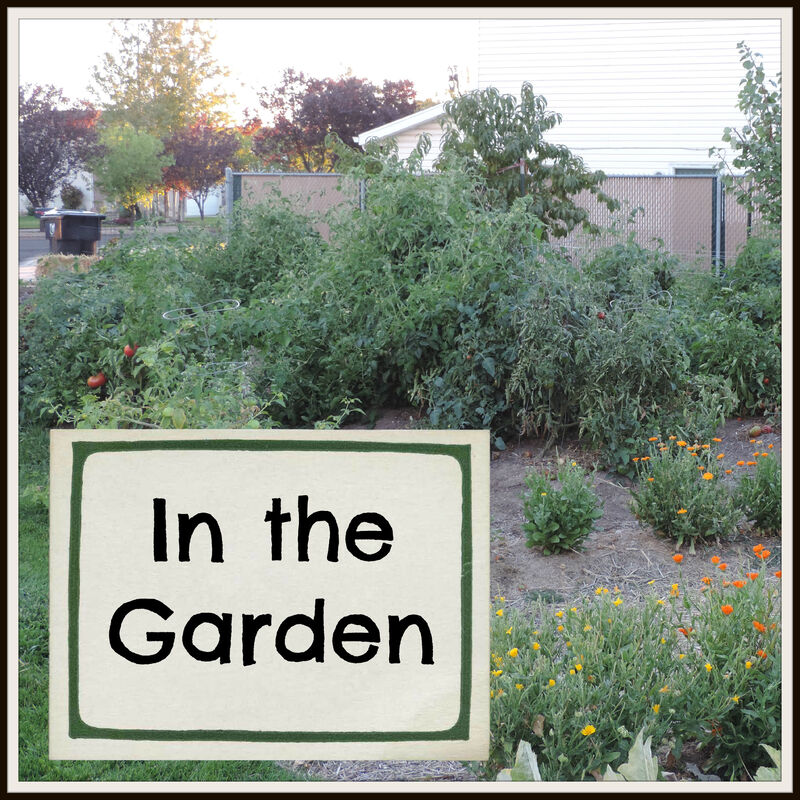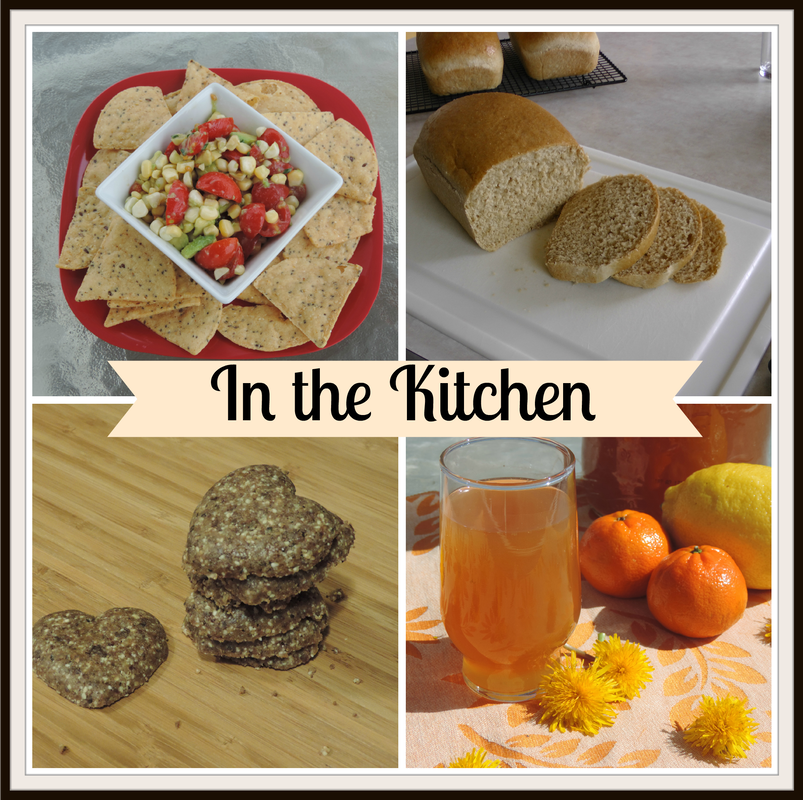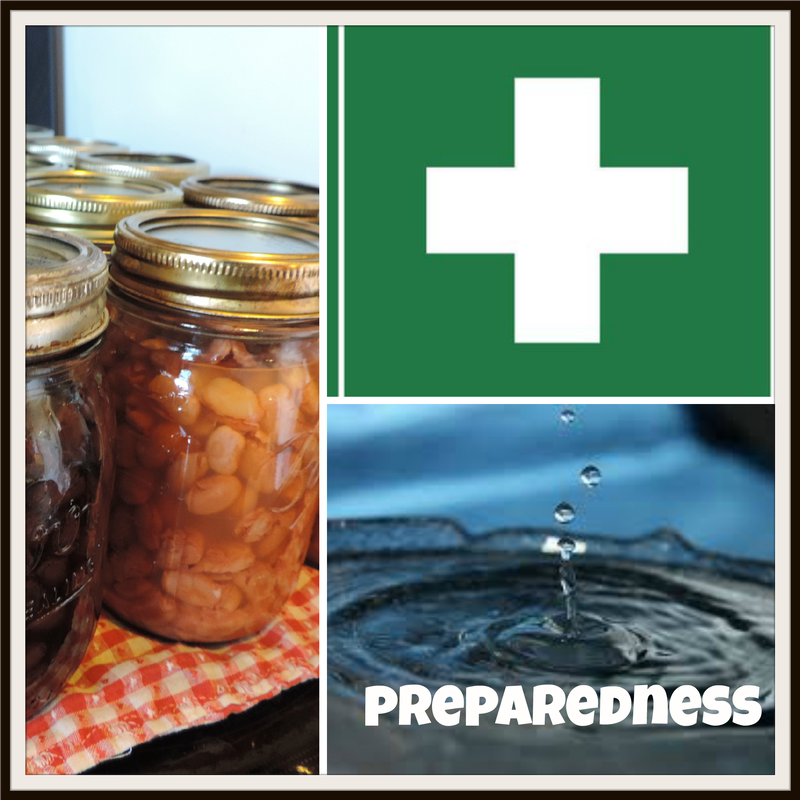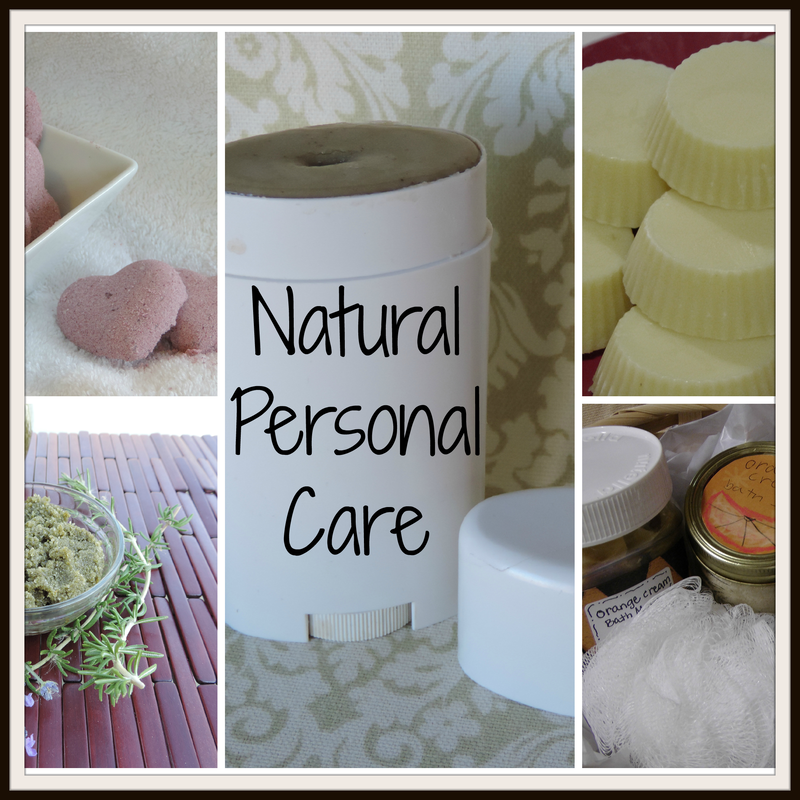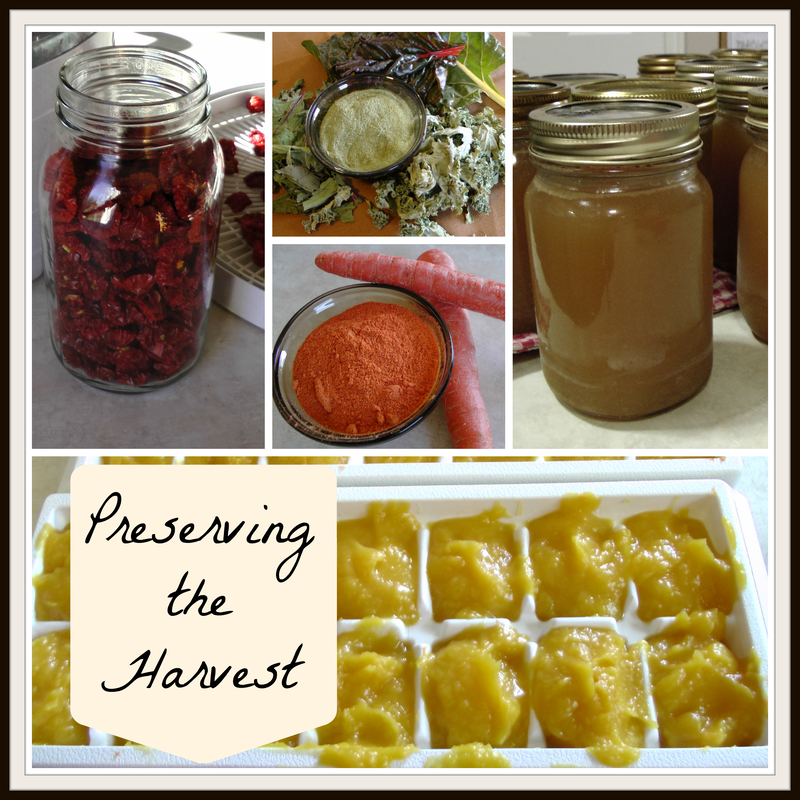Family: Compositae
Parts Used: Flower
I love this herb, it is not only beautiful, bright and happy, it also has amazing healing and nourishing properties for your skin and body. Calendula can be used in the home pharmacy, the first aid kit, the cosmetic counter, the kitchen and the flower garden. Calendula is from the marigold family and is so easy to grow and care for as you will see.
Properties
- antifungal
- antimicrobial
- anti-viral
- antispasmodic
- anti-inflammatory
- astringent
- antiseptic
- cholagogue
- detoxifying
- emmenagogue
- lymphatic
- vulnerary
- emollient
Personal and Beauty Care
- #1 skin care herb.
- Wrinkles and maturing skin.
- Cleanses and moisturizes.
- Heals damaged skin such as acne, scars, chapping, and sunburn.
- Use for golden highlights (use in hair rinse or oil).
Medicinal Uses
- # 1 skin care herb.
- Acute and chronic skin conditions, such as eczema and psoriasis.
- Acne, cold sores, canker sores, swelling of the skin, tissue regeneration.
- Wounds, bruises, cuts, sores, abrasions, slow healing wounds.
- Burns, sunburn.
- Skin ulcers, blisters, infections and rashes.
- Chicken pox and measles.
- Great baby care herb for: cradle cap, diaper rash, thrush and as a skin soothing baby oil.
- Earaches
- Swollen glands and lymph health (along with exercise and stretching to keep the lymph moving).
- Strengthens immune system.
- Liver and gall bladder tonic.
- Sore throat, inflammation in the mouth.
- Soothes gut inflammation and seals "leaks".
- First aid care, bug bites.
- Fevers
- Eye strain and conjunctivitis (pink eye).
- Gastrointestinal problems, diarrhea, ulcers, cramps, indigestion, etc.
- Varicose veins
- Hemorrhoids (use in bath water and as a salve).
In the Kitchen
- Use as a food coloring for a golden color - add 1/2 cup of flowers to soup, broth or heated water.
- Petals can be removed and sprinkled into salads, omelets, cream cheese, butter, bread, smoothies, sandwiches, etc. As always get creative with this.
- Great addition to bone broth.
Methods of Use
- infused oil
- salve, ointment, balm
- tincture or glycerite
- infusion (tea)
- poultice, compress
- powder, sprinkle
- herbal bath, foot soak and facial steam
- gargle, mouthwash
- chewing or mashing and applying to area of concern
- soaps and personal care products
In the Garden
- You can start seeds indoors or sow directly in the ground in the spring, 10" apart.
- Plant in full sun, but this herb is easy and will grow in some shade if that's all you have.
- Provide light to moderate water and dead head for non-stop blooming.
- Collect seeds in the fall to plant next spring or leave on the plant to self seed.
- The flowers are the only part to be harvested, pick when just fully opened on a dry, sunny day before it gets too hot - yes they will be sticky.
- Don't pick flowers that have already begun to seed, they are no longer medicinally active.
- As long as you keep removing spent blossoms, the plant will continue to bloom right to the beginning of winter.
